What's In Your Coffee? Unexpected Facts Behind Your Morning Cup
Authored by Kimberly Drake via The Epoch Times (emphasis ours),
Coffee is beloved for its caffeine kick and flavor, but it also helps reduce risks from chronic diseases like Type 2 diabetes, cancer, and heart disease thanks to high levels of antioxidants and other bioactive compounds.
 FoodVideoPhoto/Shutterstock
FoodVideoPhoto/Shutterstock
However, along with its nutty flavor and comforting aroma, researchers have found traces of potentially cancer-causing roasting byproducts, mycotoxins from mold, cholesterol-raising compounds, and even pesticide residues that can linger from farm to mug.
The good news is that the choices you make, from the type of coffee you buy to how you store, prepare, and drink it, can reduce these and other unwanted compounds swirling around in your favorite morning brew.
Before you pour out your cup, though, here’s what you need to know.
What Scientists Have Found in Coffee
Coffee contains high levels of antioxidants and bioactive compounds, such as phenolic acids, which studies suggest may be responsible for its health-boosting effects. However, other lesser-known compounds lurking in coffee aren’t as beneficial, and some may actually be harmful to your health.
While scientists have identified trace amounts of various compounds in coffee, the levels detected in research are generally low and do not pose significant health risks to most people. That said, the choices you make about the type of coffee you buy and how you store, prepare, and drink it can further reduce these trace substances.
Mycotoxins From Mold
Improper storage of coffee can lead to mold growth and the formation of mycotoxins, which, in high amounts, may affect kidney function and increase cancer risk, Julia Kopczyńska, microbiologist and doctoral candidate at the Polish Academy of Sciences, told The Epoch Times.
In one study, researchers found 29 different mycotoxins in 48 coffee and chicory samples they tested.
Overall, most research has shown that coffee contains low levels of mycotoxins, and scientists have found that roasting can further reduce these levels, so the overall risk for most coffee drinkers is low.
However, among potential contaminants, Brian Clark, a nurse anesthetist and founder and CEO of United Medical Education, a platform for educating medical professionals, is most concerned about mold-related toxic compounds in coffee.
He noted that people with compromised immune systems may be more sensitive to environmental toxins, such as mycotoxins, making this the compound category that warrants the most attention for vulnerable populations.
Roasting Byproducts
While roasting coffee can reduce mycotoxins, it can also lead to the formation of acrylamide, a compound that has potentially cancer-causing and nerve-damaging properties and may harm a person’s genes, one research review suggests. Acrylamide forms when processing temperatures rise above 120 degrees Celsius (248 degrees Fahrenheit).
However, most healthy adults can process small amounts of acrylamide without adverse health effects. So, it would be difficult for a person who regularly drinks coffee to exceed laboratory exposure limits and experience any neurologic and carcinogenic issues, said Clark.
How people store and brew their coffee can also impact acrylamide levels. Storing beans or ground coffee for at least a year at an average room temperature, then brewing it longer and at a lower temperature, can further reduce acrylamide levels.
The type of bean also makes a difference, as Arabica beans generate less acrylamide than other types.
Natural Coffee Oils (Diterpenes)
Natural oils in coffee, such as the diterpenes cafestol and kahweol, can raise cholesterol levels, particularly in people who drink unfiltered coffee, Kopczyńska noted.
A September review of 11 studies with more than one million participants found that moderate coffee intake (three to five cups per day) may be associated with higher high-density lipoprotein or HDL (good cholesterol) levels, while excessive intake may be associated with elevated low-density lipoprotein or LDL (bad cholesterol) and total cholesterol. Research suggests that diterpenes may influence lipid metabolism and how the body synthesizes and transports cholesterol.
However, diterpenes also have several health-promoting effects, including anti-inflammatory, antioxidant, antidiabetic, and anticancer properties, Kopczyńska said.
“Reducing diterpenes is therefore most [important] for people who need to manage their LDL cholesterol levels,” she noted.
Pesticide Residues
In a September study, scientists analyzed nearly 900 coffee samples sold in Egypt for 126 pesticides and found that 21 percent of the roasted samples contained pesticide residues.
Espresso and traditional Turkish coffee brewing methods reduced pesticide residues, the scientists noted, with espresso methods generally being more effective. Despite the findings, the researchers’ risk assessments revealed that the health risks from pesticide exposure through coffee consumption are low.
The Clean Label Project, a nonprofit organization that tests products for contaminants, tested 57 coffee brands for chemicals, including pesticides and glyphosate, a widely used herbicide classified as “probably carcinogenic to humans” by the World Health Organization in 2015. Its report found that only two of 57 coffee samples tested had traces of glyphosate.
However, 41 of the samples, including 100 percent of the organic samples, contained aminomethylphosphonic acid, a byproduct of glyphosate that breaks down more slowly and stays in the coffee beans for longer.
Children exposed to this byproduct may have an increased risk of liver and cardiometabolic disorders by the time they reach adulthood, a 2023 study suggests.
Pesticides and herbicides used on coffee plantations may have harmful effects on the endocrine and nervous systems, but residues in coffee are generally within safe limits, Kopczyńska said. However, she added that they can contribute to a person’s overall exposure from other food or environmental sources.
Your Choice of Coffee Matters
Everything from the type of coffee purchased to the package it comes in, and even what’s stirred into it, can change what ends up in a cup of joe.
Skip the Pods
While convenient, pod-type coffee, or K-cups, which come in plastic containers, can leach chemicals like phthalates (synthetic industrial chemicals) and per- and polyfluoroalkyl substances, also known as PFAS or “forever chemicals,” into a person’s coffee.
PFAS are linked to a host of health concerns. For example, people exposed to high levels of PFAS in their drinking water may be at higher risk for several types of cancer, a January study found.
Research published in February found that machine-brewed pod coffee had about 2.5 times more fluorotelomer sulfonates, a type of PFAS, than the same coffee brewed through a paper filter without the pod. When the scientists brewed plastic pods made from polypropylene, perfluorooctanoic acid, a type of PFAS, increased by 39 percent to 623 percent when machine-brewed compared to manual brewing.
Heat, combined with the pressure created during the brewing process, is how PFAS leaches from plastic pods into a person’s cup, the researchers noted.
Rethink Flavored Coffee
While they may be a delicious change from plain java, artificially flavored brews like French vanilla, hazelnut, or caramel can reduce coffee’s health benefits.
These flavorings can decrease beneficial chlorogenic acids—a group of polyphenolic compounds with antioxidant and anti-inflammatory properties—and increase the levels of harmful compounds like acrylamide, compared to coffee flavored naturally, according to one study.
Reconsider Decaffeinated Coffee
Pregnant women, people with chronic health conditions, or those who are sensitive to caffeine’s effects might choose decaffeinated coffee as an alternative. However, concerns have emerged over the health effects of methylene chloride, an industrial chemical used in the decaffeination process to extract caffeine.
In July, researchers found that decaffeinated coffee may increase the risk of bladder cancer. In the study, the scientists followed more than 121,000 men and women for 36 years and found that drinking decaffeinated coffee was not associated with total cancer risk. However, men who drank the beverage had a significantly higher risk of bladder cancer than those who did not.
Think Twice About Instant Coffee
That cup of ready-to-drink coffee, which is brewed coffee that’s been dehydrated into powder or granules, is convenient on a busy morning. However, drinking instant coffee may increase the risk of age-related macular degeneration in people genetically prone to the disease, a June study found.
While many factors may play a role, the scientists noted that instant coffee’s impact on the macula may be due to inflammation and oxidative stress induced by the harmful chemicals produced during its production. They suggest that people at high risk for age-related macular degeneration should avoid instant coffee.
Be Mindful of What You Add
Although cream and sugar may make a tasty cup of coffee, adding these could undermine coffee’s health benefits.
In one study, researchers found that drinking black coffee lowered the risk of death from all causes and heart disease. However, these health benefits diminished significantly when coffee contained added sugar and cream, as these additions can contribute to a higher calorie and saturated fat intake.
Nondairy coffee creamers might not be the best choice for people who want to replace traditional cream and sugar in their coffee, either. Typically, nondairy creamers contain partially hydrogenated oils, which are high in trans fatty acids. Trans fat can raise LDL cholesterol and increase the risk of heart disease.
Nondairy creamers can also contain emulsifiers such as carrageenan and mono- and diglycerides, which may alter the gut microbiome, potentially leading to intestinal inflammation and immune system dysfunction.
Artificial sweeteners such as aspartame and erythritol may be more problematic. Aspartame has been linked to gut biome disruption and increased cancer risks, and erythritol may increase the risk of blood clots, a March study suggests.
Steps to Optimize Your Coffee
If a person is concerned about what’s in their coffee, Clark suggests purchasing whole beans from suppliers who control drying and storage, and storing them in airtight containers in a cool, dry location to slow the breakdown of the beans and inhibit mold growth.
“Although the acrylamide levels in coffee have not been shown to increase cancer risk, it is best to avoid instant coffee and coffee substitutes, which contain up to 300 percent more acrylamide,” Kopczyńska said. “Darker roasts also contain less acrylamide than lighter ones.”
To reduce diterpene intake, Kopczyńska suggests switching to filtered coffee, which contains roughly 30 times less diterpenes than French press or other unfiltered methods.
She also advises people to buy organic coffee, if possible, to minimize cumulative pesticide exposure.
Though organic coffee is grown without synthetic pesticides or herbicides, which can significantly reduce exposure to these chemicals, even organic beans may have traces of pesticide residues due to environmental contamination.
By carefully choosing the type of coffee and being mindful of storage and brewing practices, a person can significantly reduce the presence of unwanted chemicals in their coffee, long before it reaches their morning cup.
Tyler Durden
Sat, 12/13/2025 - 05:00






 Source: CNN
Source: CNN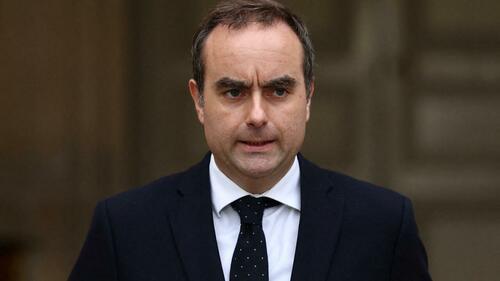



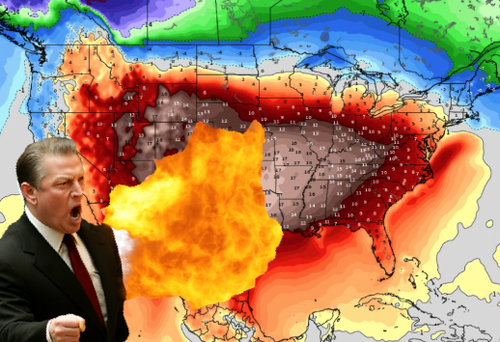
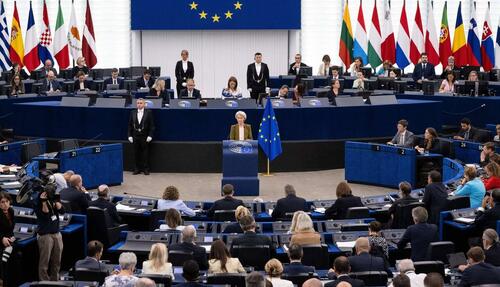
 FoodVideoPhoto/Shutterstock
FoodVideoPhoto/Shutterstock The U.S. border with Mexico near San Diego on Jan. 31, 2025. Jae C. Hong/AP Photo
The U.S. border with Mexico near San Diego on Jan. 31, 2025. Jae C. Hong/AP Photo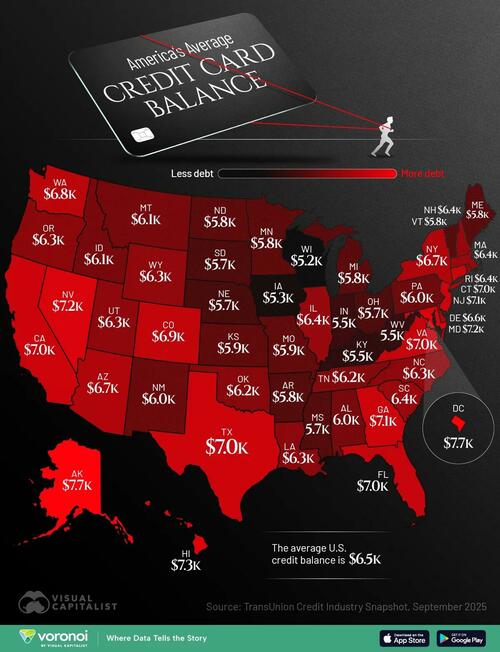

 Via AP/Al Jazeera
Via AP/Al Jazeera
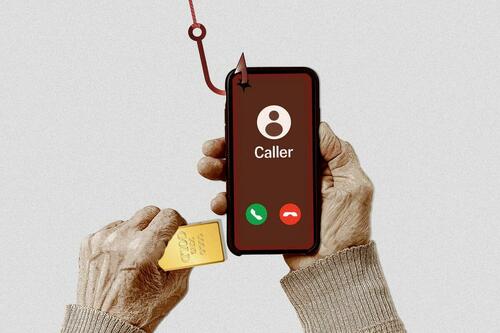 Illustration by The Epoch Times, Shutterstock
Illustration by The Epoch Times, Shutterstock Detective Amity Toth, the Snowflake–Taylor Police Department’s lead investigator in a nearly $300,000 gold-bar scam, in Snowflake, Ariz., on Dec. 1, 2025. Toth believes the best way to stop such scams is to give people the information they need to recognize them. Allan Stein/The Epoch Times
Detective Amity Toth, the Snowflake–Taylor Police Department’s lead investigator in a nearly $300,000 gold-bar scam, in Snowflake, Ariz., on Dec. 1, 2025. Toth believes the best way to stop such scams is to give people the information they need to recognize them. Allan Stein/The Epoch Times An older man speaks on the phone at home, in this file photo. Since May 2023, the FBI’s Internet Crime Complaint Center has reported a surge in “gold bar government-impersonation
An older man speaks on the phone at home, in this file photo. Since May 2023, the FBI’s Internet Crime Complaint Center has reported a surge in “gold bar government-impersonation In this photo illustration, gold coins are displayed at Witter Coins in San Francisco on Oct. 7, 2025. Justin Sullivan/Getty Images
In this photo illustration, gold coins are displayed at Witter Coins in San Francisco on Oct. 7, 2025. Justin Sullivan/Getty Images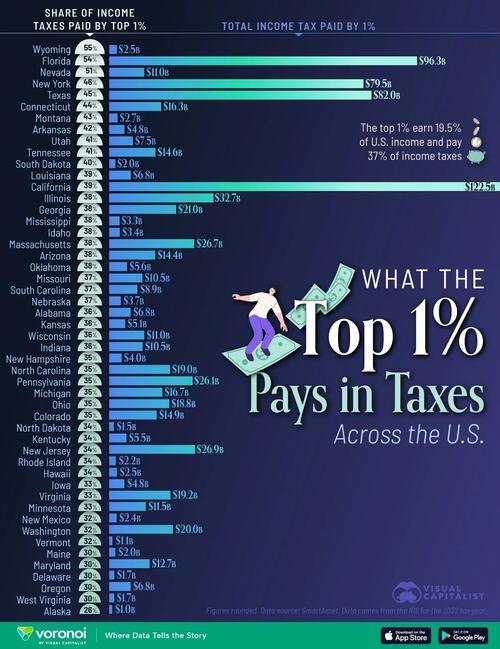



 Linda Sun and her husband, Chris Hu, depart from the U.S. District Court for the Eastern District of New York in New York City on Nov. 19, 2025. Flora Hua/NTD
Linda Sun and her husband, Chris Hu, depart from the U.S. District Court for the Eastern District of New York in New York City on Nov. 19, 2025. Flora Hua/NTD
Recent comments